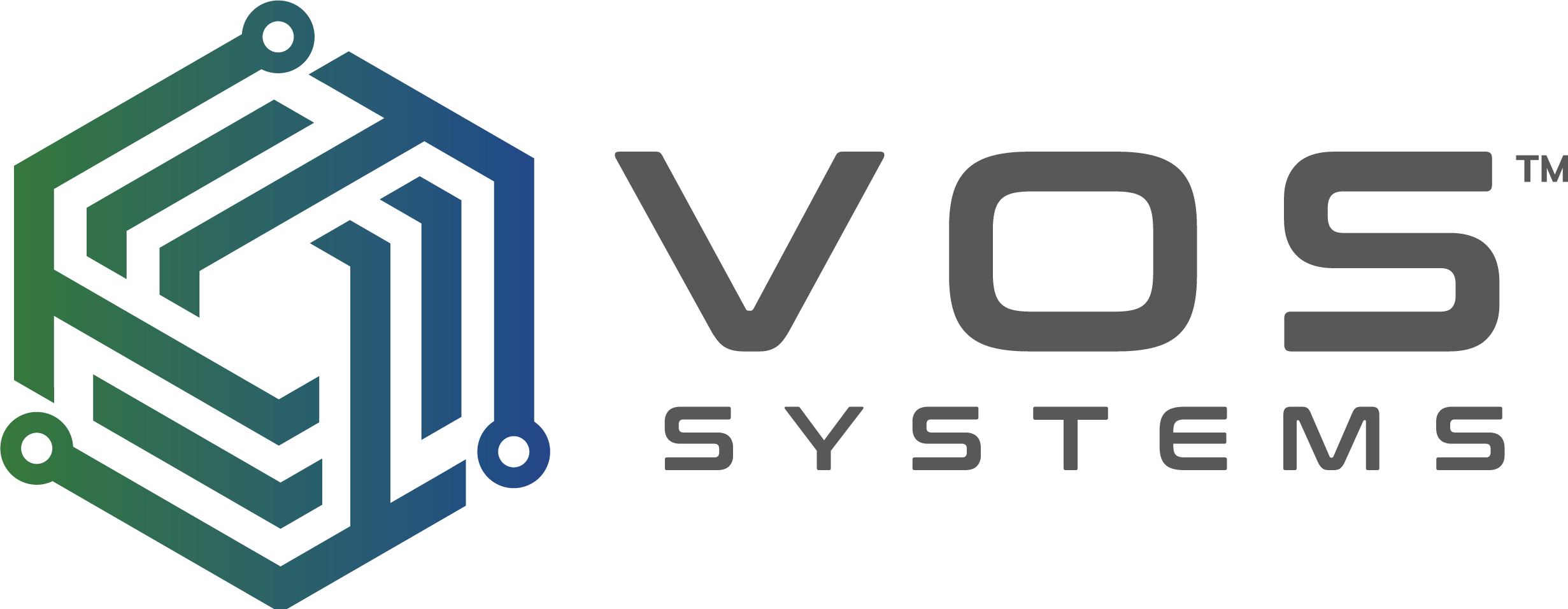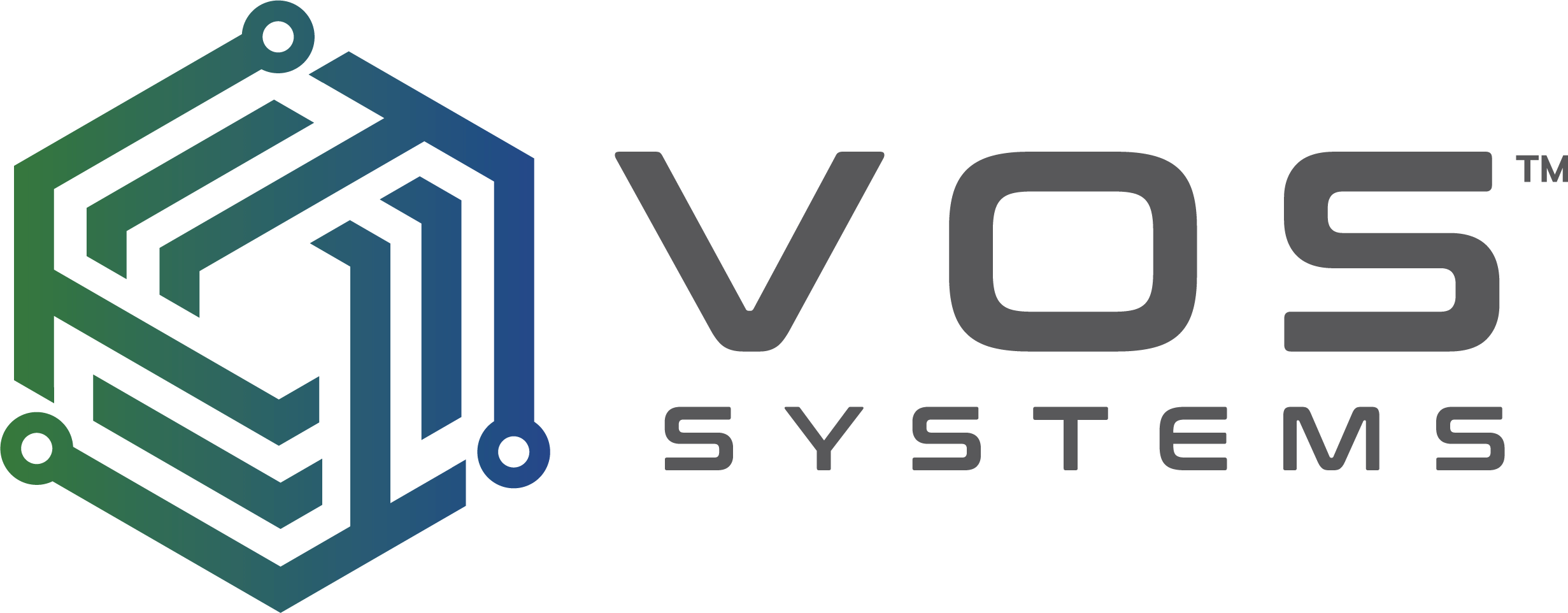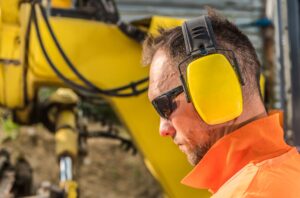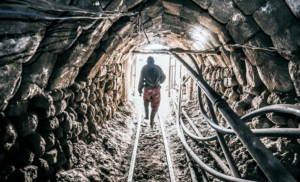03/13/2024 — In the dynamic landscape of today’s workforce, a significant and often overlooked segment is those operating in isolation – the lone workers. According to the National Safety Council, about 15% of the workforce is considered to be lone workers. These workers navigate various challenges, such as falls from heights, struck by heavy equipment, entrapment, electrocution, violence or assault, and sudden illness. In 2021, the Bureau of Labor Statistics reported 5,190 workplace fatalities, making it crucial to address their safety comprehensively.
The growing number of lone workers emphasizes the need for tailored safety solutions.
The Lone Worker Landscape
As defined by the Health and Safety Executive, lone workers are those who operate without direct supervision, often in remote locations, or in a separate location from the rest of their team. Working alone, they face unique risks that require a focused approach to safety measures.
In addition to those working in remote areas, lone workers also include those who are:
- Frequently working away from a fixed location, such as maintenance workers, inspectors, and those working in enclosed spaces.
- Those who work on the road, frequently traveling from one location to the next.
- Those who work at a fixed base but work solo, such as late night staff.
According to the Occupational Safety and Health Administration (OSHA), due to reduced oversight, lone workers face a higher risk of various hazards, including workplace violence, accidents, and health-related issues. Because of the nature of lone worker environments – isolated areas, non-traditional work hours, locations with poor phone service – the likelihood of incident and the severity of thier outcomes can oftentimes be more severe.
According to a StaySafe survey of 478 companies, 68% reported lone worker incidents in the past three years. Of these incidents, nearly 15% were described as “very severe.”
Challenges and Solutions
Communication Barriers: One of the major challenges faced by lone workers is the limited means of communication. The inability to swiftly report incidents or request assistance can worsen the impact of emergencies.
- Real-time Tracking and Alerts for Enhanced Safety: To address these challenges, companies are turning to innovative solutions. Technologies such as IoT-enabled safety devices offer real-time location tracking and instant alerts, ensuring prompt responses to emergencies.
- Cost Savings: Companies that employ lone workers often rely on manual safety check-ins, which not only takes valuable time but does not provide a solution for what happens if a worker fails to check in. CoRe’s PSD with automatic 3 minute reporting helps to streamline the task of lone worker check-ins whether via phone call, sms message, email, etc., ultimately increasing overall efficiency.
In an era where technology continues to reshape the landscape of workplace safety, it’s imperative for companies to recognize the unique challenges faced by individuals operating in remote areas or working alone and invest in cutting-edge solutions that prioritize the well-being of lone workers.
Key Features of CoRe’s PSD
- Real-Time Location Tracking in Remote Areas: The CoRe PSD operates using not only GPS and BLE, but also on Cat M-1, enabling real-time worker location tracking even in the most remote and challenging environments. This ensures that no worker is ever truly alone, as their location is constantly updated on the dashboard for immediate visibility.
- Automatic Fall Detection: The PSD is equipped with an advanced accelerometer that detects rapid drops of 1.5 meters or more, triggering an automatic fall notification that is sent to designated managers, detailing the worker, time of incident and the worker’s exact location. This critical feature ensures swift responses in the event of accidents, enhancing the safety net for lone workers.
- SOS Button for Emergency Situations: In emergencies, the lone worker can press the SOS button on the CoRe PSD, instantly triggering an alert. This alert is sent via both email and SMS to the designated manager or admin, ensuring that help is on the way when it’s needed most.
- Comprehensive Safety Alert Notifications: When a safety alert, like fall detection or SOS button sequence, is triggered, the designated manager receives notifications via both email and SMS. What sets the CoRe solution apart is that these notifications contain a Google Maps link with the exact location of the worker, facilitating quicker and more precise deployment of assistance.
Why CoRe’s PSD Matters for Lone Worker Safety
- A significant portion of the workforce operates alone. Ensuring their safety is not just a responsibility but a necessity.
- Reducing response time saves lives. CoRe’s real-time tracking and instant alerts can dramatically reduce response times, mitigating the impact of accidents and emergencies. Every second counts in ensuring the safety and well-being of lone workers.
- As workplace safety regulations evolve, investing in state-of-the-art solutions like the PSD empowers companies to demonstrate a commitment to meeting and exceeding safety standards.
In a world where the power to stay connected makes all the difference, the CoRe Personal Safety Device is a beacon of innovation, offering comprehensive solutions for lone worker safety.
…
Bureau of Labor Statistics. National census of fatal occupational injuries in 2021. U.S. Department of Labor. https://www.bls.gov/news.release/pdf/cfoi.pdf
Health and Safety Executive. (2020). Protecting lone workers: How to manage the risks of working alone. https://www.hse.gov.uk/pubns/indg73.pdf
National Safety Council. Using Lone Worker Monitoring Technology to Protect Workers (n.d.) Retrieved March 11, 2024, From https://www.nsc.org/getmedia/c2ab538c-8464-48cd-bf90-e1601f466bd5/wtz-lone-down-worker-monitoring-wp.pdf
StaySafe. (2021). The lone worker landscape report. https://staysafeapp.com/the-lone-worker-landscape-report/





